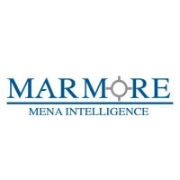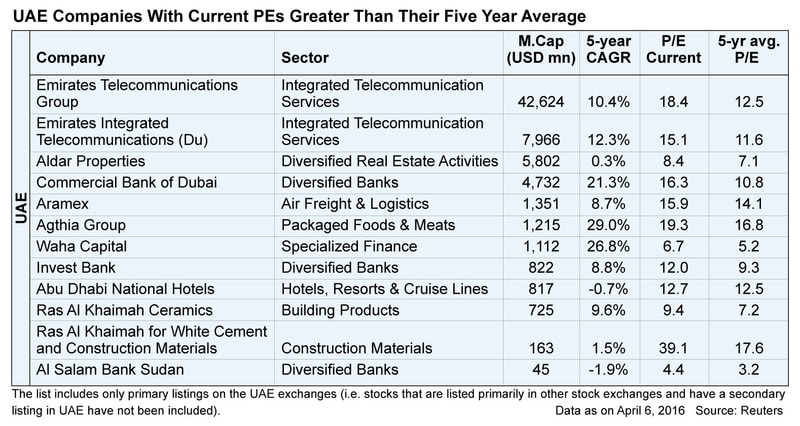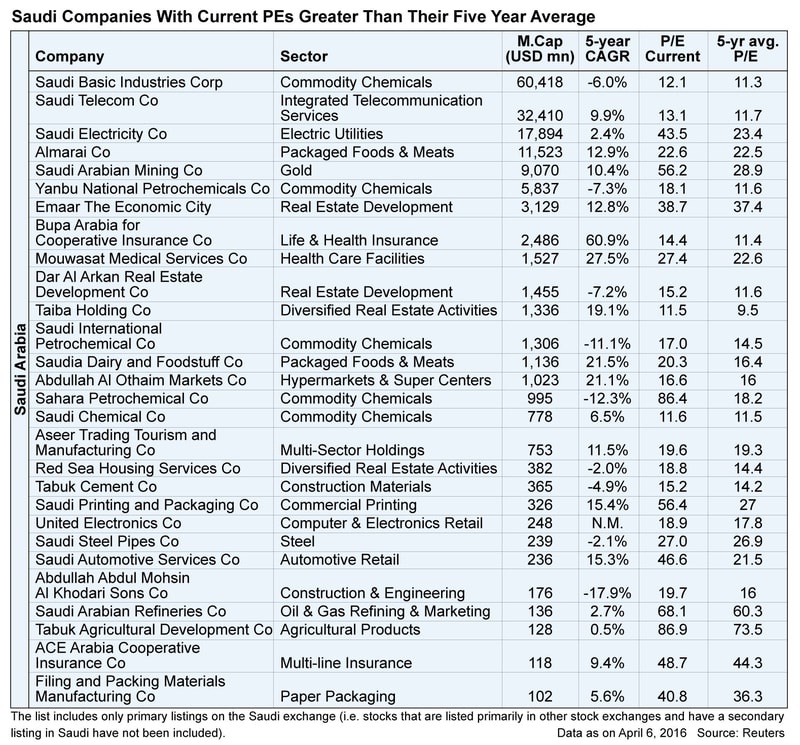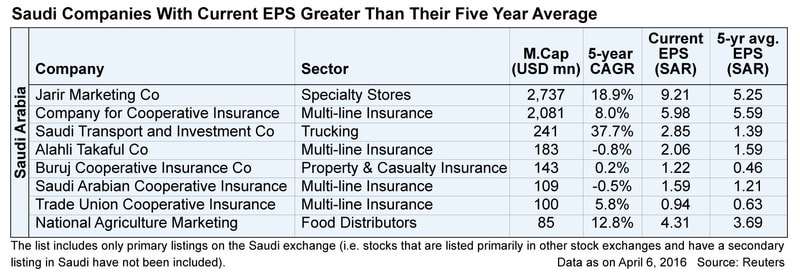These stocks in UAE and Saudi Arabia still trade above 5-year PE despite market fall 5

Marmore Team
18 April 2016
The report, shared exclusively with Wealth Monitor, includes only primary listings on both the exchanges (meaning stocks that are listed primarily in other stock exchanges and have a secondary listing on UAE or Tadawul have not been included). The report also shows that earnings of 8 companies in Tadawul are above their 5-year average, which includes names like Jarir Marketing, Alahli Takaful and National Agriculture Marketing, among others. In the case of UAE however no company had current EPS that is higher than its 5- year average. Whether the higher valuations of these stocks in UAE and KSA are justified or not is a subjective matter, what’s striking is that these stocks have sailed against the tide at a time when Gulf equity markets have had to face the brunt of low crude oil prices.
The terms ‘earnings multiple’, ‘Price to Earnings ratio’, or PE ratio mean the same and is perhaps the most frequently used benchmark for evaluating the outlook of a stock. To interpret it simply, if a stock trades at 12 times its earnings, your share, as an investor and shareholder, of the profits for each of the stock you own is equal to 1/12th of the stock’s value. However, analysts reckon, the PE ratio shouldn’t be viewed in isolation and shouldn’t be the sole criterion for buying or selling a stock, as various other factors should also be factored into. The price relative to earnings is impacted by the growth rate of a company. A company with a high growth rate will cause a high price of its stock, and naturally a high P/E ratio. This means high growth companies have high P/E multiple while low growth rate companies have low P/E ratios.



Stay Tuned To Marmore MENA Insights!
Never miss a patch or an update with Marmore's Newsletter. Subscribe now!
Related Article
Kuwait’s Approval of Public Debt Law: Re-emerging on Investors’ Radar
Kuwait has passed the long-awaited debt law in March 2025. The blog explores the importance of the law, the expected benefits and outlook for the countrys return to debt markets.
Read MoreThe Dynamic Rise of Fintech in the GCC
The convergence of technology and finance is reshaping the GCC Financial Ecosystem. The blog explores key players, regulatory framework and market dynamics of Fintech in the GCC region.
Read MoreHow secure are GCC banks compared to their global counterparts?
The blog examines the impact of cyber attacks on financial institutions and the resiliency of GCC banks compared to their global counterparts
Read More



